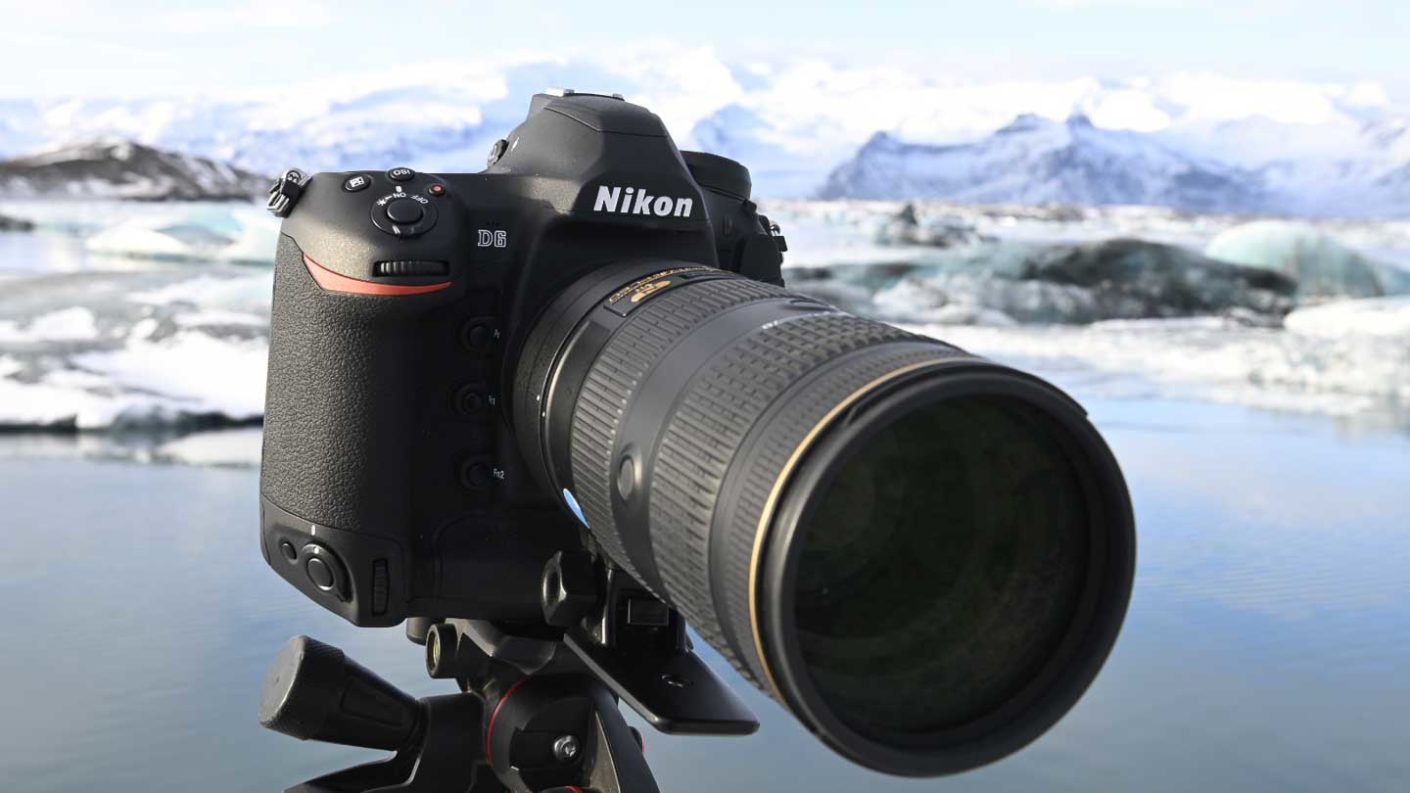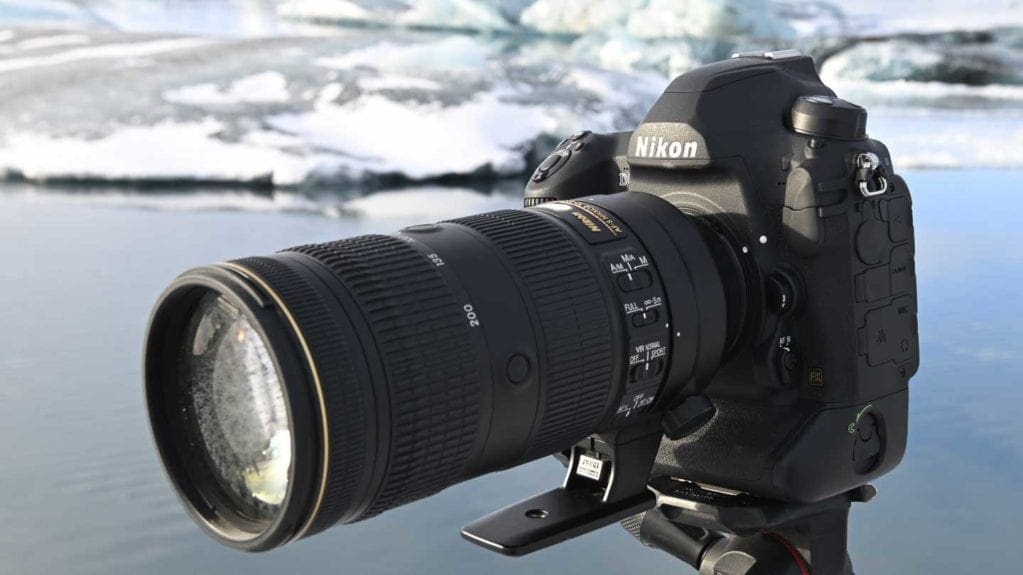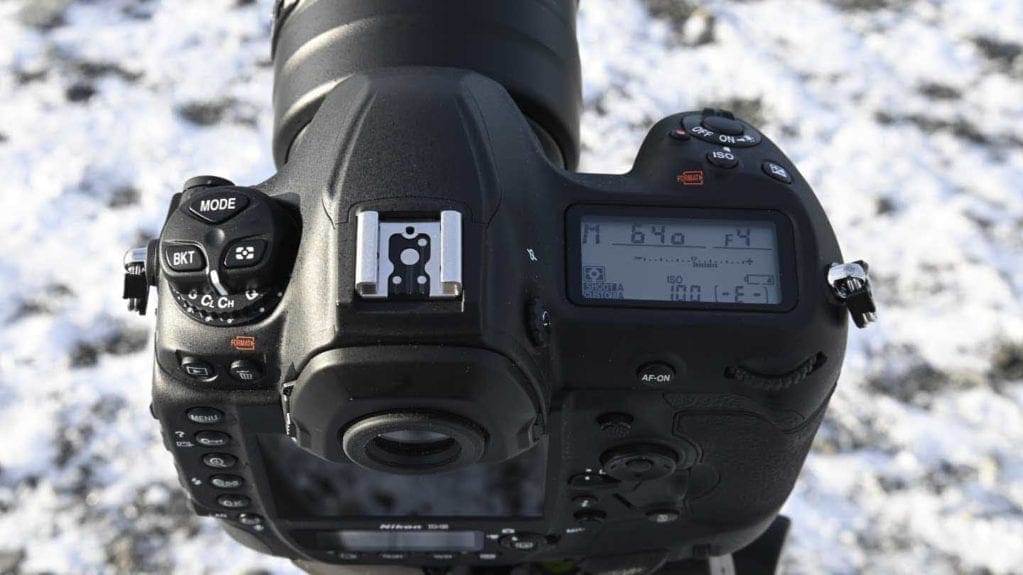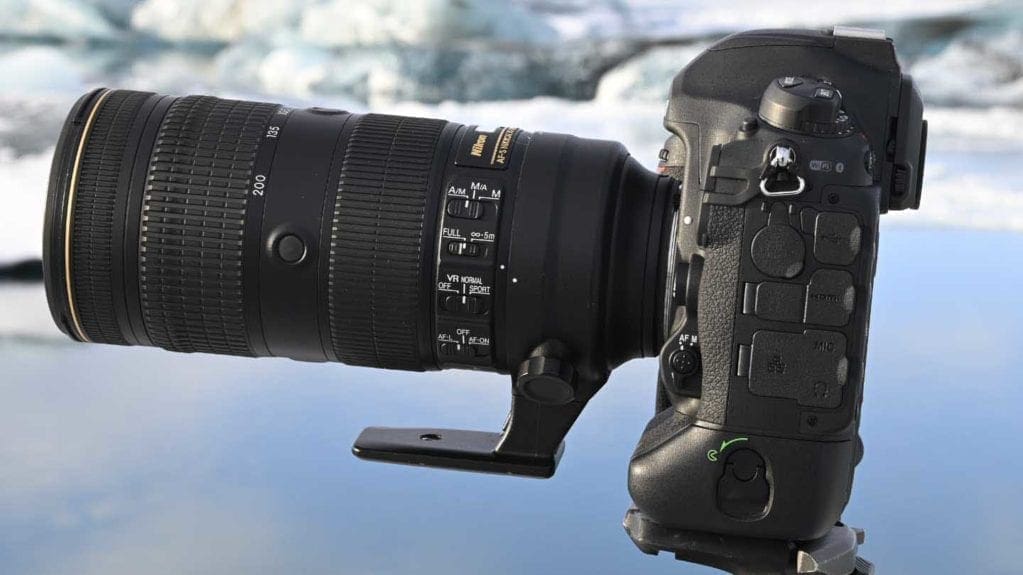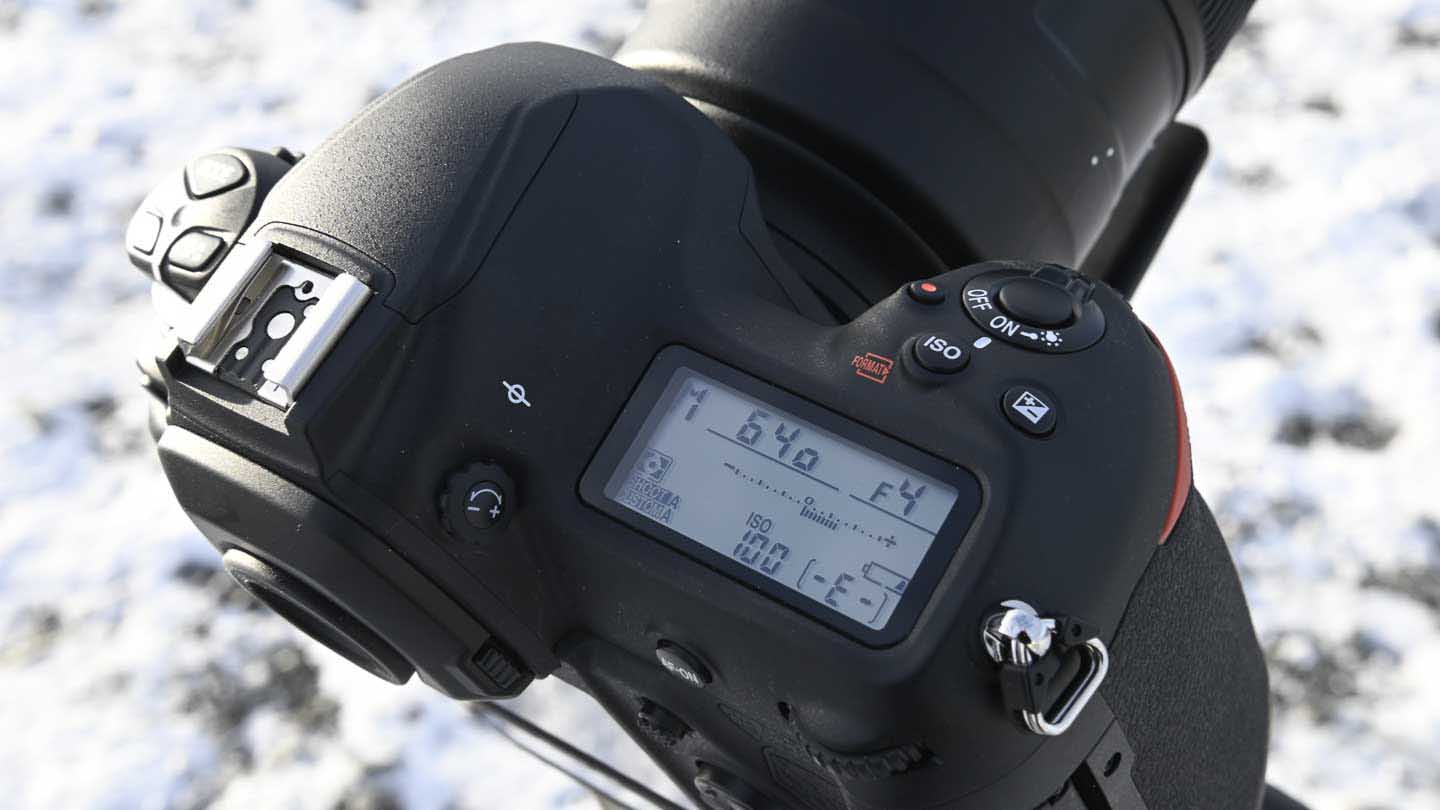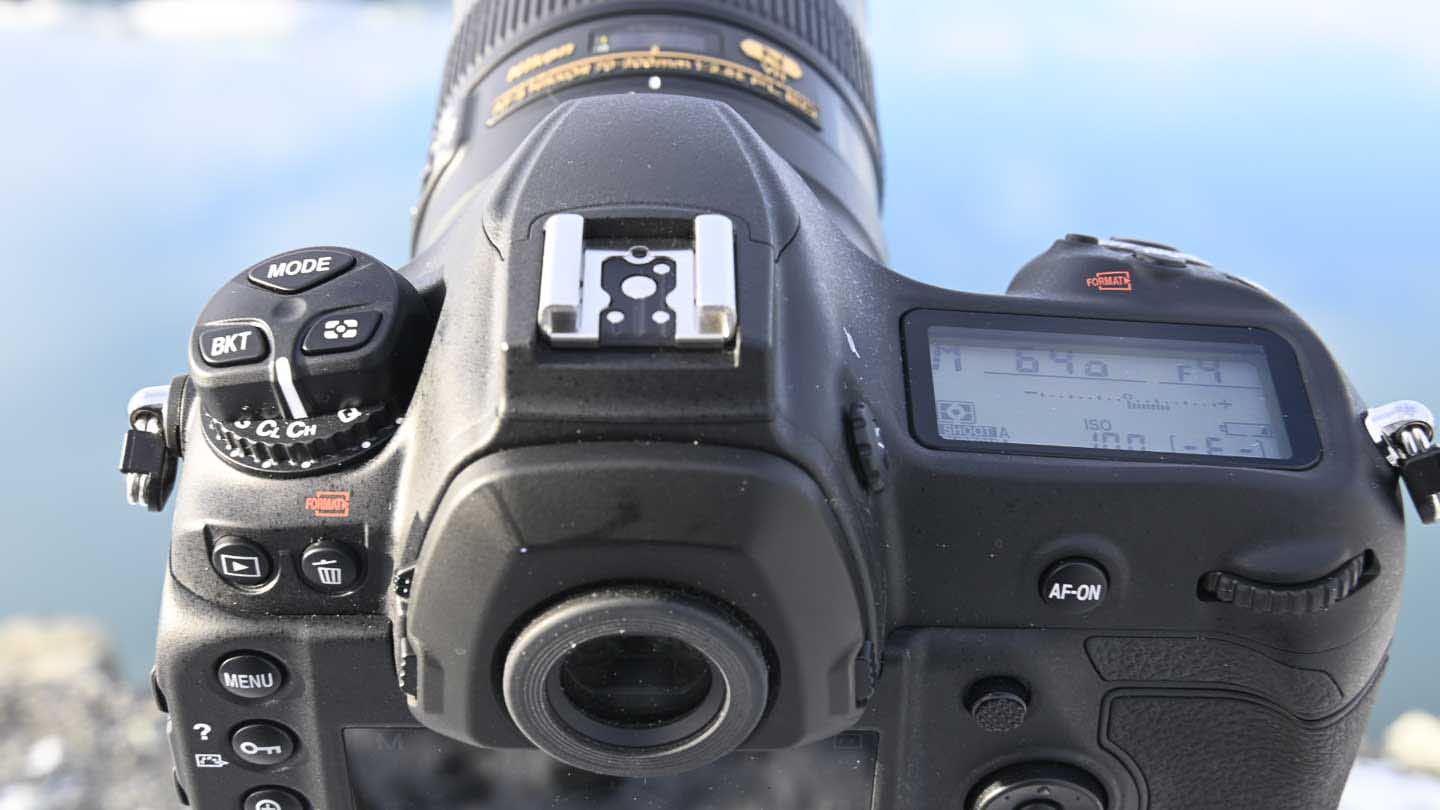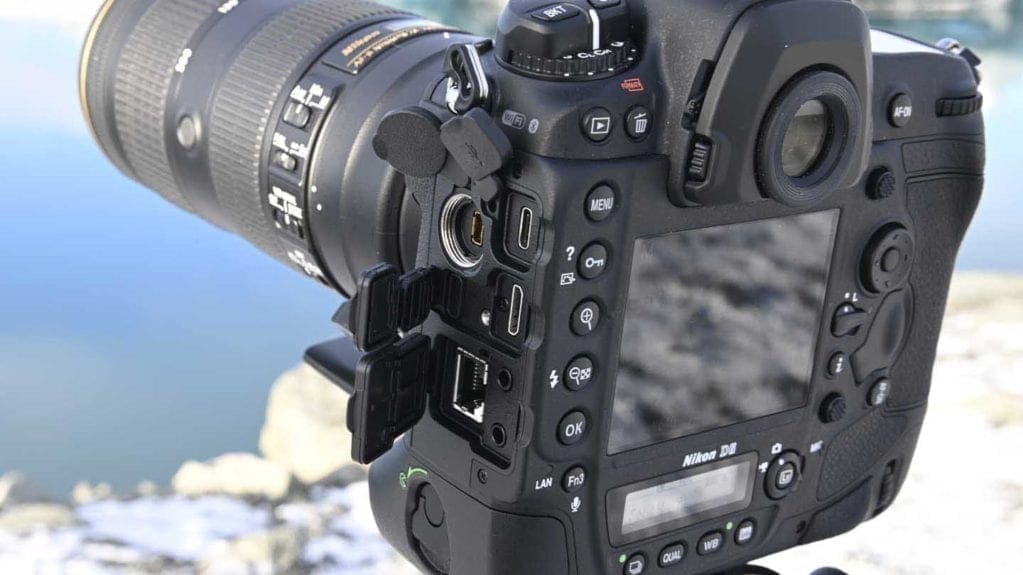As I found with the D5, shooting with the Nikon D6 is quite an exhilarating experience. For a start, the fact that its a DSLR means that there’s a mirror inside and when you shoot at 14fps people tend to take notice. Glance down at the 3.2-inch 2,359,000-dot screen to check your images and the details leap out at you. It’s enough to put a smile on my face.
While the Matrix metering puts in a good performance and can be relied upon to get the exposure ‘right’ on many occasions, I sometimes reduced the exposure by 1/3EV to make colours a bit more saturated – I found the same with the D5.
I also had a few issues with the white balance settings.
Effectively, Nikon has given the D6 five automatic white balance settings as follows:
- Auto for automatic adjustment in most lighting
- Auto 0 [Keep white (reduce warm colours)] to eliminate the warm colour cast of incandescent lighting
- Auto1 [Keep overall atmosphere] to partially preserve the warm cast of incandescent lighting
- Auto2 [Keep warm lighting colours] to preserve the warm cast of incandescent lighting
- Natural lighting auto for use under natural light instead of Auto to produce colours closer to those seen by the naked eye
In bright sunshine, I find the Auto and Natural Auto settings produce results that are a bit too cool, and I much prefer to use the Direct sunlight option. And I struggled to find a setting that gave results I was consistently happy within the shade of a woodland on a bright sunny day. The solution is to use PRE (Preset manual) and set a custom value or adjust the raw file post-capture.
Autofocus
One of the benefits of using a high-end camera like the Nikon D6 is that the autofocus system can handle lower levels of light than most others. However, it pays to select the right autofocus mode for the conditions.
In the gloomy confines of a dense woodland, the 3D-tracking AF and Auto-area AF struggled to differentiate my small brown dog from the leaf-covered ground. If I set the AF point over him, the first few shots would be sharp but as he moved across the frame or the AF system got distracted, the focusing was off. However, when I switched to Single-point AF, 9-point or 25-point dynamic area AF I was rewarded with sharp images and a high hit rate.
Outside of the woodland in a field of grass that contrasted nicely with my dog’s brown fur and the 3D-tracking AF worked a treat. It latched on to him a bit quicker if I set the starting point over him, but on the whole, I’m very impressed with its performance.
For a full-frame DSLR, the D6 has a wide spread of AF points, but anyone who is used to shooting with a mirrorless camera is likely to get frustrated that the points don’t get closer to the edges of the frame.
Nikon D6 Image Quality
A camera like the Nikon D6 is intended to produce images that look good across the cover of a newspaper or on the home page of a news website, and it’s certainly more than capable of that.
I’d happily use the native sensitivity range of ISO 100 to 102,400 for news-gathering and reporting purposes. If the conditions really demanded it, I’d also consider using the first couple of expansion settings, the top few values (the maximum is ISO 3,280,000) seem largely pointless. The image quality is so poor that you struggle to recognise the subject amongst the noise.
When image quality is more important, I’d suggested keeping to ISO 64,000 or lower if possible. At ISO 64,000, luminance noise is obvious in even-toned areas of raw files at 50% scale on a computer monitor, but there’s also a very respectable level of detail visible. Simultaneously captured Jpegs look a bit softer than is ideal and if you zoom in to 100%, there’s some smudging.
While the images from the D6 look great and have nice contrast, I found the shadows don’t seem to withstand as much brightening as the Nikon Z7 or D850, which surprised me.
Video
In terms of detail, colour and exposure, the Nikon D6 is capable of producing very high quality video. However, the fixed screen doesn’t really lend itself to videography. It’s possible to connect an external monitor, to provide a clearer view, but there are probably other cameras that are better suited for that.
Also, the focusing in live view and mode isn’t great. It’s better than most older Nikon DSLRs, but it’s not a patch on the focusing of the Nikon D780 which benefits from having the same sensor as the Nikon Z6. That sensor has phase detection pixels and the improvement it makes the live view and video focusing is huge.
I shot video with the Nikon Nikkor 24-70mm f2.8 G AF-S ED mounted on the D6 and in Continuous-AF mode, you can hear the lens ‘chattering’ even when the subject is motionless. If the subject moves, there’s a short delay before AF system responds and it doesn’t track well. That means that Single-AF or manual focusing are the best options for focusing when you’re shooting in video mode. Many videographers will be comfortable with that, but it seems rather behind the times.
Read our guide to the best Nikon cameras

